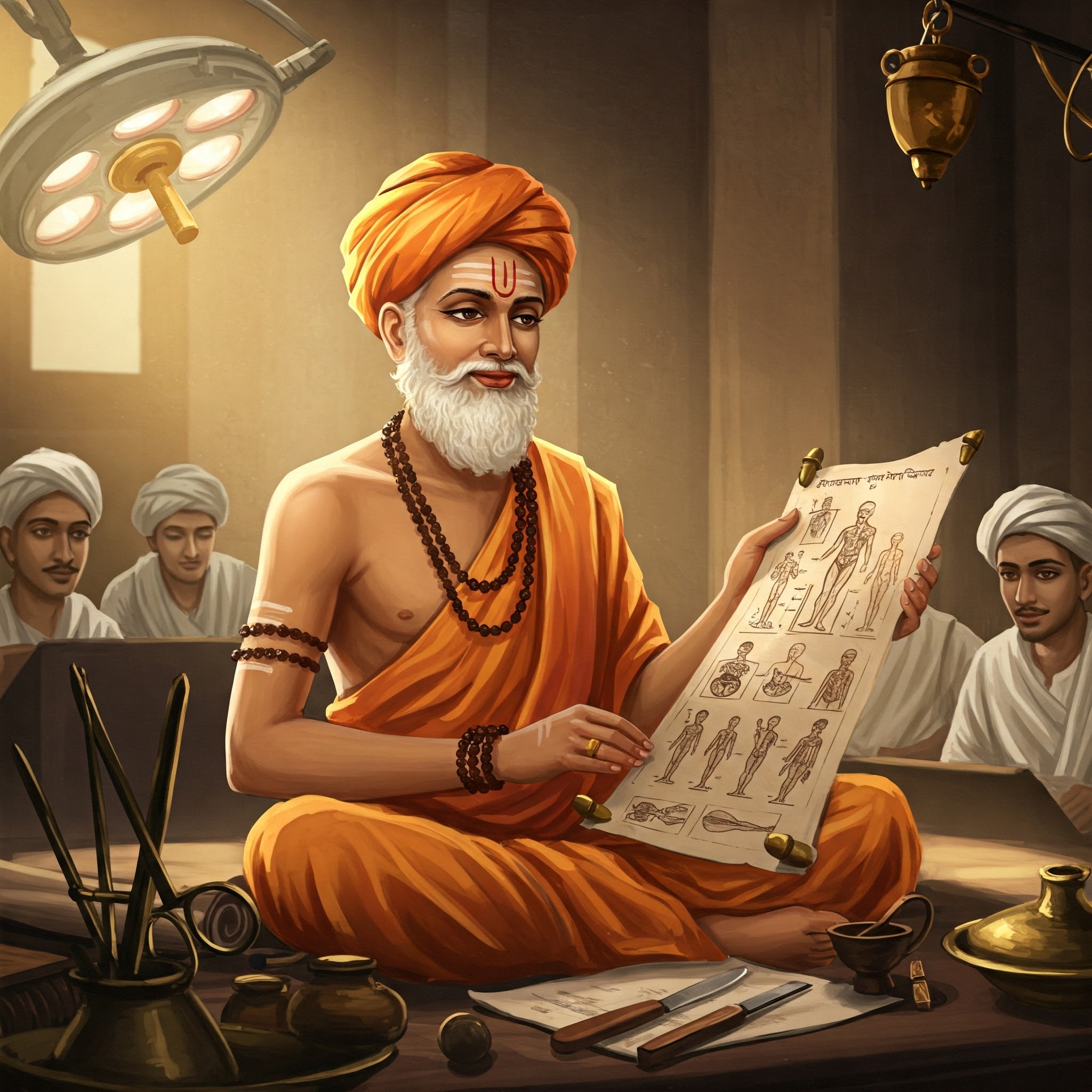Ayurvedic biohacking: In a world driven by rapid technological advances and a relentless pursuit of efficiency, “biohacking” has emerged as a popular trend for optimizing physical and mental performance. Typically associated with tech-driven gadgets, supplements, and extreme lifestyle experiments, biohacking may seem far removed from the gentle, holistic practices of Ayurveda—India’s ancient system of natural healing. But today, a new movement is taking shape: Ayurvedic Biohacking—where traditional wisdom and modern wellness converge.

What Is Ayurvedic Biohacking?
At its core, biohacking refers to making small, incremental lifestyle changes to improve health, productivity, and well-being. Ayurvedic biohacking adapts this concept through the lens of Ayurveda’s time-tested principles. Instead of relying on synthetic interventions or invasive techniques, it draws on personalized routines, herbal remedies, natural therapies, and conscious living to enhance the body’s innate intelligence.
It’s not about hacking the body like a machine—but tuning into the body’s natural rhythms, cycles, and energies to unlock optimal health and longevity.
The Doshas: Your Personalized Wellness Code
Ayurveda is rooted in the belief that each individual has a unique mind-body constitution, or Prakriti, defined by three doshas: Vata, Pitta, and Kapha. Understanding your dominant dosha helps you tailor your diet, sleep habits, exercise, and even work patterns for maximum balance and productivity.
- Vata types benefit from grounding routines, warm foods, and structured schedules.
- Pitta types thrive with cooling, calming practices that reduce excess heat and drive.
- Kapha types need stimulation, lightness, and activity to avoid stagnation.
Modern biohacking often relies on data-driven personalization (think wearables or DNA tests). Ayurvedic biohacking provides an ancient, intuitive version of this personalization—one based on your constitution, daily rhythms, and the seasons.

Daily Rhythms: Dinacharya as the Original Wellness Hack
One of Ayurveda’s most powerful biohacking tools is Dinacharya, or the daily routine. Long before productivity gurus were advocating morning routines, Ayurveda had already outlined specific self-care rituals to align the body and mind with nature’s cycles.
- Wake before sunrise to sync with the body’s natural circadian rhythm.
- Tongue scraping and oil pulling support oral detoxification.
- Abhyanga (self-massage) with warm oil stimulates circulation and lymphatic flow.
- Meditation and breathwork (Pranayama) enhance mental clarity and reduce stress.
These habits, when practiced consistently, serve as powerful, low-tech biohacks for resilience, immunity, and inner peace.
Herbal Intelligence: Plant-Based Enhancements
Modern biohackers often reach for nootropics or smart drugs to enhance brain function. Ayurveda offers a more sustainable and safer approach through adaptogens and herbal allies.
- Ashwagandha boosts energy and reduces cortisol.
- Brahmi improves memory, concentration, and mental calm.
- Shatavari supports hormonal balance and endurance.
- Turmeric fights inflammation and boosts immunity.
These herbs are now being validated by modern science, creating a bridge between ancestral healing and evidence-based wellness.
Sleep Optimization the Ayurvedic Way
Good sleep is a cornerstone of both biohacking and Ayurvedic health. While wearables and blue light blockers dominate the modern scene, Ayurveda teaches simple yet profound ways to improve sleep quality:
- Avoid stimulants after sunset, including caffeine and screen time.
- Massage your feet with warm oil before bed to ground Vata energy.
- Drink golden milk (turmeric with warm milk) as a natural, calming nightcap.
- Go to bed before 10 PM, when Kapha time supports deep rest.
These methods not only improve sleep but also harmonize the nervous system and promote detoxification.
Merging Traditions with Technology
The beauty of Ayurvedic biohacking lies in its adaptability. Today, many practitioners are integrating Ayurvedic practices with wearable tech, biometric tracking, and lab testing to quantify results. For example, you might:
- Use a smartwatch to track heart rate variability during meditation.
- Log your energy levels and digestion in a journal based on doshic fluctuations.
- Pair intermittent fasting with Ayurvedic meal timing for metabolic health.
This synergy helps individuals stay grounded in tradition while benefiting from modern precision.
Final Thoughts
Ayurvedic biohacking isn’t about quick fixes or extremes. It’s a sustainable, deeply personalized approach to living in harmony with nature, biology, and consciousness. It empowers you to become the expert of your own body—not by overriding it, but by deeply listening to it.
In a world obsessed with external upgrades, Ayurvedic biohacking reminds us that the most powerful technologies are already within us—waiting to be unlocked through balance, awareness, and intention.
also read this
Published by Subhranil



